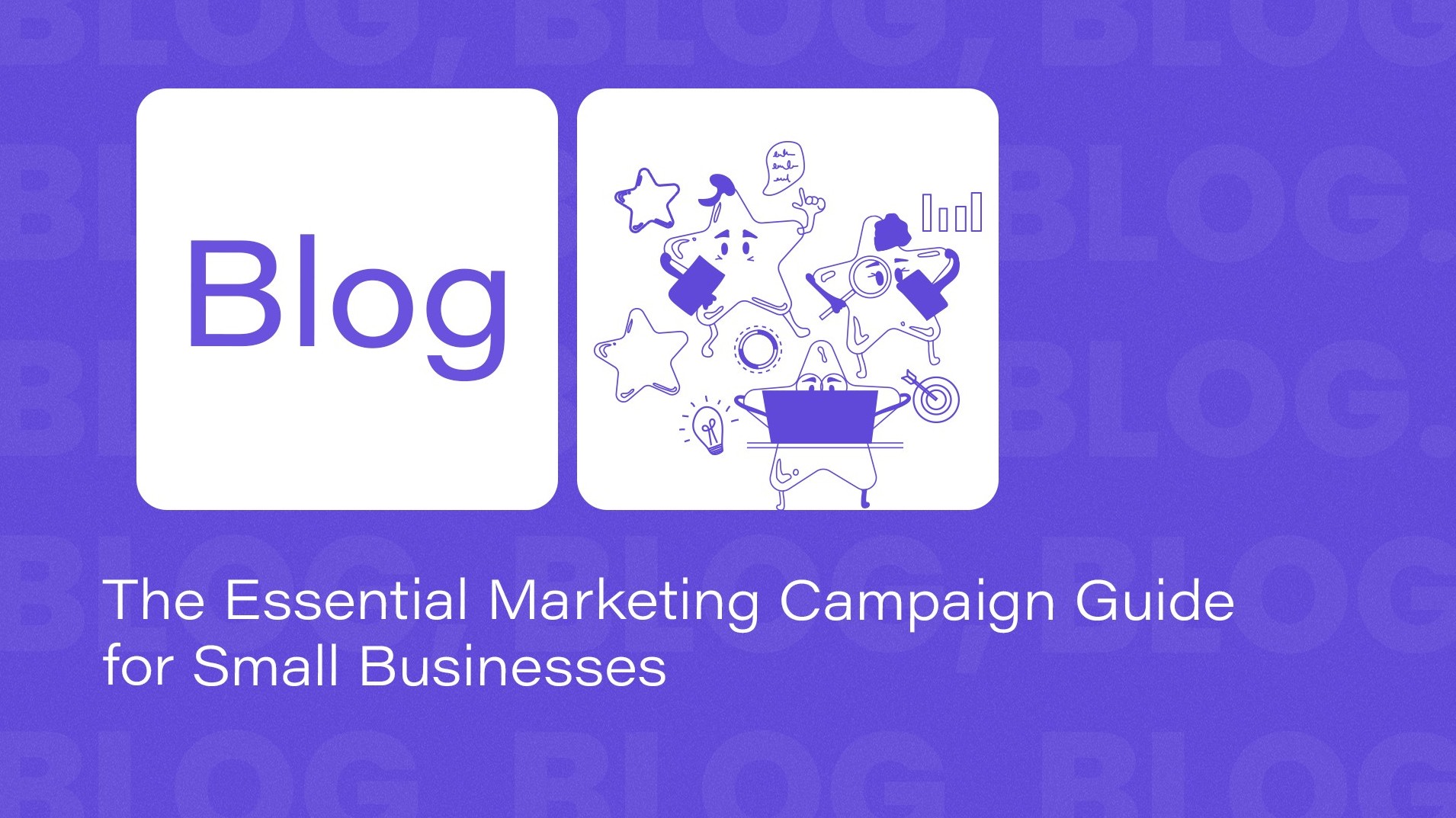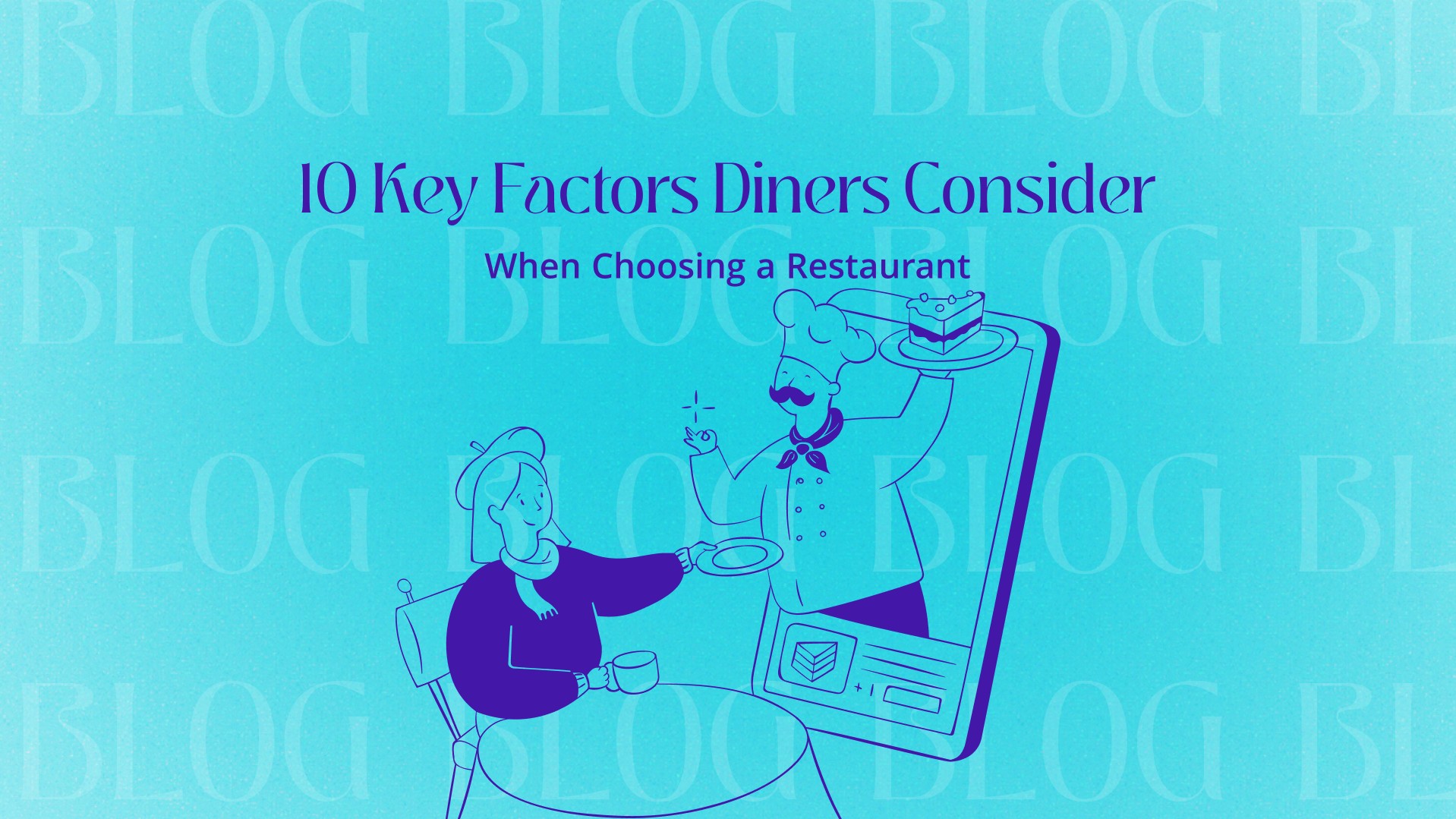The Ultimate Marketing Campaign Playbook for Small Businesses
In the bustling world of small businesses, standing out is no easy feat. Yet, with the right marketing strategies, your small business can not only capture attention but also convert curious onlookers into loyal customers. Whether you’re launching your first marketing campaign or refining your existing strategies, this ultimate playbook will guide you through the essentials for creating a campaign that drives results.

Why a Marketing Campaign Playbook Matters
Marketing campaigns are more than just advertisements; they’re carefully crafted strategies designed to deliver a specific message to a targeted audience. For small businesses, this means every campaign needs to be efficient, cost-effective, and, most importantly, impactful. A well-structured playbook ensures that every step, from planning to execution, is aligned with your business goals and delivers measurable results.
Step 1: Define Your Campaign Goals
Before diving into creative ideas and flashy content, it's crucial to define your campaign goals. Ask yourself:
- What do I want to achieve? (Brand awareness, lead generation, customer retention)
- Who is my target audience?
- What is my budget?
Setting clear, measurable goals helps in steering your campaign in the right direction. For example, if your goal is to boost online reviews, consider how iReview’s reputation management tools can streamline this process and enhance your business’s online presence.
Step 2: Know Your Audience
Understanding your audience is the cornerstone of any successful marketing campaign. Utilize tools like Google Analytics and social media insights to gather data on your audience's demographics, interests, and online behavior. This data will help you craft messages that resonate with your audience and encourage engagement.
Segmenting Your Audience
Not all customers are the same, and your marketing efforts shouldn’t be either. Segment your audience into distinct groups based on factors such as:
- Demographics: Age, gender, income level
- Psychographics: Lifestyle, values, interests
- Behavior: Purchasing habits, brand loyalty
By tailoring your messaging to each segment, you can create personalized campaigns that feel relevant and compelling.
Step 3: Choose the Right Channels
Your audience’s preferred platforms should dictate where you focus your marketing efforts. Consider the following channels:
- Social Media: Ideal for brand awareness and engagement. Platforms like Instagram and Facebook allow for targeted ads and organic posts.
- Email Marketing: A powerful tool for nurturing leads and maintaining customer relationships. Tools like Mailchimp or ActiveCampaign can automate this process.
- Content Marketing: Blogs, videos, and infographics are excellent for providing value and establishing authority in your niche.
- Paid Advertising: Google Ads or Facebook Ads can drive immediate traffic to your site, especially when paired with a strong landing page.
Step 4: Craft Compelling Content
Content is king, and in the realm of small business marketing, it’s the cornerstone of any successful campaign. Whether you’re writing a blog post, creating a video, or designing an infographic, your content should be:
- Engaging: Capture attention with a strong headline or visual.
- Valuable: Provide actionable insights or solve a problem for your audience.
- Consistent: Maintain a consistent brand voice and message across all channels.
For inspiration on creating high-quality content, check out Podium’s Marketing Campaign Playbook.
Types of Content to Consider
- Blogs: Share industry insights, how-tos, or customer success stories.
- Videos: Short, engaging clips that highlight your product or service.
- Infographics: Visually appealing graphics that explain complex ideas simply.
- Case Studies: Show potential customers how others have benefited from your products or services.
Step 5: Measure and Optimize
No campaign is complete without a thorough analysis of its performance. Use tools like Google Analytics and Facebook Insights to track key metrics such as:
- Click-through rates (CTR)
- Conversion rates
- Return on investment (ROI)
- Customer acquisition cost (CAC)
Regularly reviewing these metrics allows you to make data-driven decisions, optimizing your campaign for better results.
Continuous Improvement
Marketing is an ongoing process, and your campaigns should evolve with your business. Use the insights gained from your analysis to refine your strategies, test new ideas, and continuously improve your marketing efforts.
Conclusion: Putting It All Together
Marketing campaigns are vital to the success of any small business. By following this ultimate playbook, you can create campaigns that are not only effective but also sustainable. Remember, the key to success lies in understanding your audience, setting clear goals, choosing the right channels, crafting compelling content, and constantly optimizing your efforts.
For more tips and tools to enhance your small business's reputation and marketing efforts, explore the resources available on iReview. With the right strategies in place, your small business can achieve greater visibility, attract more customers, and ultimately, thrive in a competitive market.









